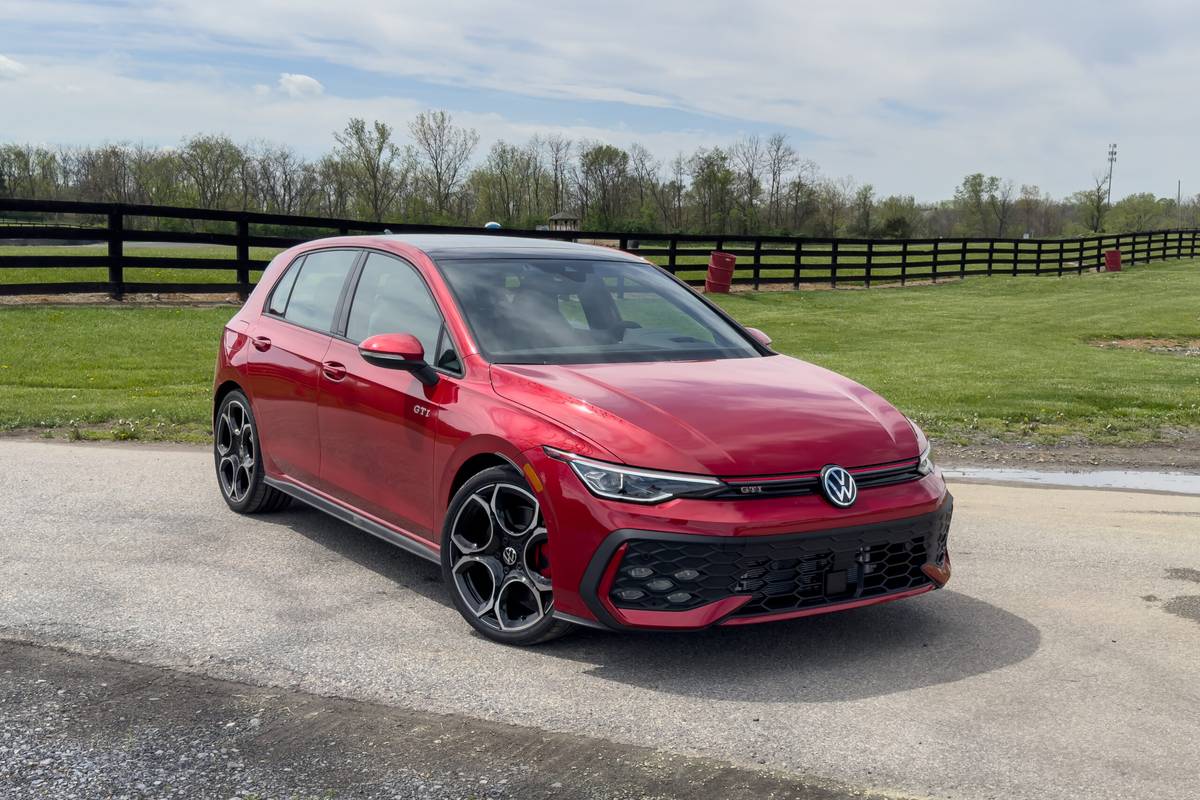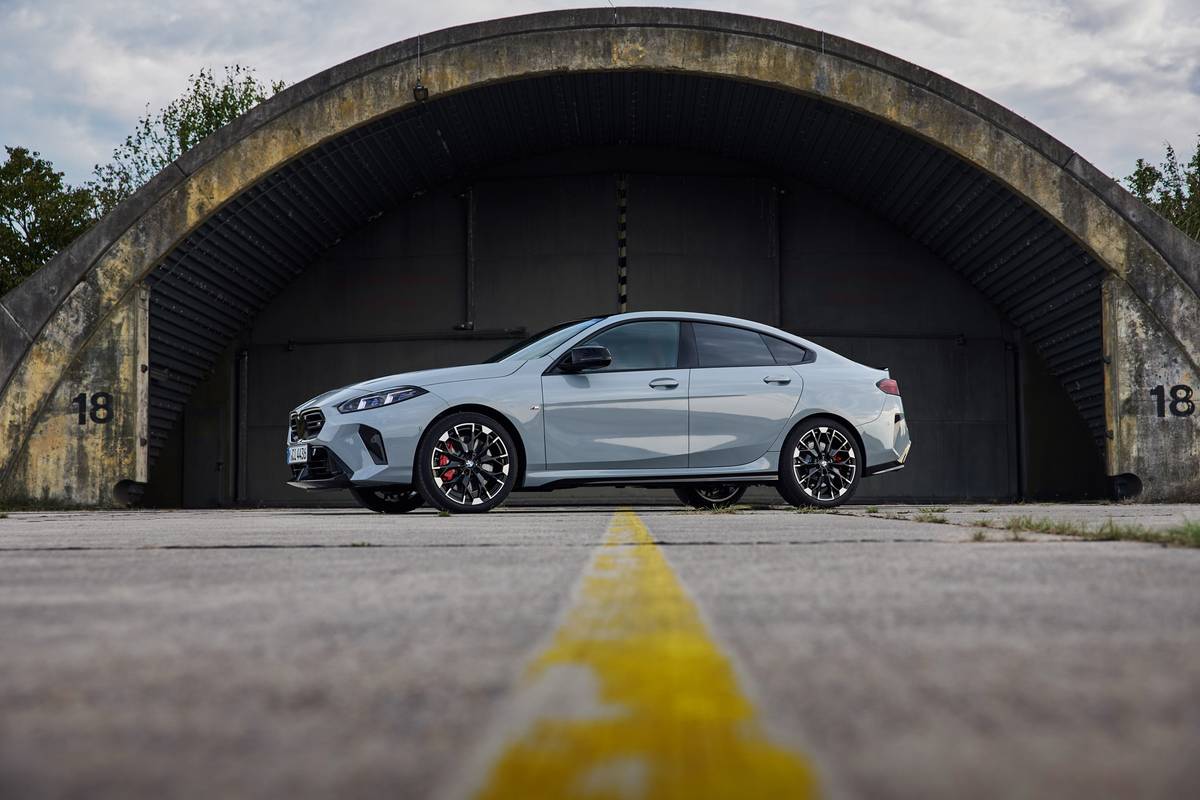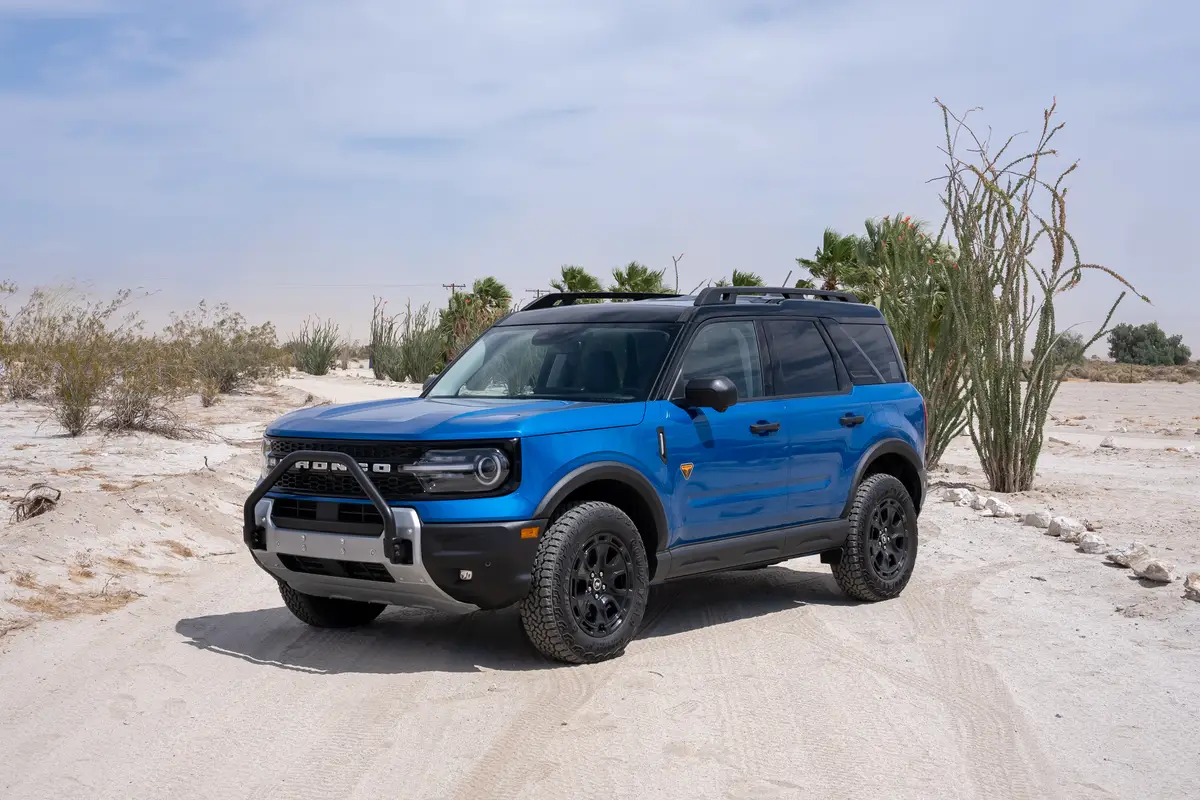chicagotribune.com's view
One car doesn’t make for a turnaround, but the 1995 Olds Aurora is one giant step in the right direction for an auto division whose fortunes were reportedly headed south a year ago.
By now the scenario of Olds’ demise is familiar: A newspaper reported that Olds was going to be dropped from the General Motors family as a cost-cutting move. As a result, dealers couldn’t give cars away despite denials from Olds and GM that the division was in jeopardy.
Well, a year has gone by and Olds is alive and well, though it will be in better shape once it revamps a staid lineup still suffering from the conservatism of the ’80s and replaces each model with a new version for the ’90s and beyond.
The ’95 Olds Aurora now arriving in showrooms is the first new model in GM’s remaking of the division for the 21st Century.
When we last visited the Aurora, the midsize luxury-sedan replacement for the Olds Toronado coupe that was dropped after the 1992 model year, it was 10 months ago in a Michigan hamlet. The Aurora made available for testing was a prototype. Olds’ intent was obvious: To hint at the good things to come if only people would stop preparing the division’s obituary.
But that was then and this is now, and Olds made production-model Auroras available for the Midwest Automotive Media Association a week ago to traverse Illinois and Wisconsin highways that weren’t under construction, meaning most of the driving was in cheeseland.
The features that impressed us about the prototype Aurora 10 months ago did the same in the production version-crisp, even-flowing body lines (rear-end styling is similar to the ’66 Toronado); wide, comfortable seats; great sight lines; smooth ride; a fairly potent 250-horsepower, 4-liter V-8; a quiet 4-speed automatic transmission with almost imperceptible shift points; and dual air bags/antilock brakes/traction control, all standard. That V-8 is new and derived from Cadillac’s 4.6-liter Northstar V-8, complete with its clever starter interlock, which prevents grinding of the starter when the key is accidentally turned on when the engine is idling.
This time around, Olds made two different cars available to test: a ’95 Aurora outfitted with 16-inch Goodyear tires speed-rated at 108 m.p.h. top end, and one with 16-inch Michelin tires speed-rated at 135 m.p.h. top end with a much stiffer sidewall for better grip in corners and turns.
Each type of tires has its own personality. The Goodyears provide a softer ride, giving the car a luxury flavor as you cruise with little or no jostling over tar marks. The Michelins provide a stiffer ride and give the car a performance flavor. In exchange for sure-footed grip, you feel the tar marks and imperfections in the road, but you don’t suffer unnecessary harshness.
Aurora is built on a 113.8-inch wheelbase, 3 inches more than the Olds 98. Overall length is 205.4 inches, 0.4 inch less than a 98. The long wheelbase keeps you far removed from road harshness transmitted into the cabin from the wheels.
If your preference is to get in the car after work, sit back, turn on the stereo and relax on the way home, the Goodyear tires are the choice. They tend to isolate you from the road. If you’d rather head to the roads marked “rustic” just over the Wisconsin border for some adventurous motoring, opt for the Michelins.
While traipsing through the Wisconsin countryside, we paused to slip into the back seat to take some notes about the car. Suddenly the car started to hum and we realized the standard automatic self-leveling feature was at work to compensate for a load in back. By keeping front and rear ends level, you enjoy optimum ride, handling and braking.
Aurora has some other novel features, such as locating the battery under the rear seat rather than under the hood. The relocation was the result of the 4-liter engine ta king up so much space up front. However, if the batter y goes dead and you need a jump start, rather than lift the rear seat you lift the hood and a clearly marked positive-charge connector stares up at you for attaching the jumper cable.
The ’95 Chrysler Cirrus/Dodge Stratus (Cartalk/June 5) have a similar jump-start feature with the battery located in a compartment in the front bumper. However, while Cirrus/Stratus have a clearly marked negative connector under the hood, Aurora doesn’t. It’s not too late for Olds to label a metal ground for the consumer.
We also like the fact that Aurora has the safer spring-held hood, not a wire prop to hold it open; has easy-to-see-and-reach trunk/fuel door release buttons on the dash; offers dual cupholders in the center console; and has a slip-through passage between trunk and back seat to hold skis inside the car.
One problem that needs fixing: The Olds name doesn’t appear on the outside of the car. People keep asking, “What is it?” Olds says the name won’t be “burned in the bumper” until 1996.
And we’d sure like to see Olds improve on the 4-liter V-8’s 16 m.p.g. city/25 highway rating by about 2 m.p.g. for each.
Aurora is priced at $32,000, about $18,000 less than its Lexus LS400 and Infiniti Q45 luxury sedan rivals. Standard equipment includes the typical power brakes/steering/seats/windows/locks plus AM/FM stereo with cassette and CD player, air conditioning, leather seats and the like. About the only options are power sunroof ($995), heated seats ($295), block heater ($18), Bose Acoustimass sound system ($671), and the choice of Goodyear or Michelin tires.
Olds hopes to sell 35,000 to 40,000 Auroras annually.
To keep the momentum going after Aurora, Olds will follow with a new Bravada and Silhouette and restyled 88 in 1996; new Ciera in 1997; new Achieva in 1998; and a replacement for the 88/98 in 1998 built off the Aurora body.
Buick’s next-generation Riviera coupe now arriving in showrooms is built off the Aurora sedan platform, but features a V-6 engine only and not a V-8.
Latest news



